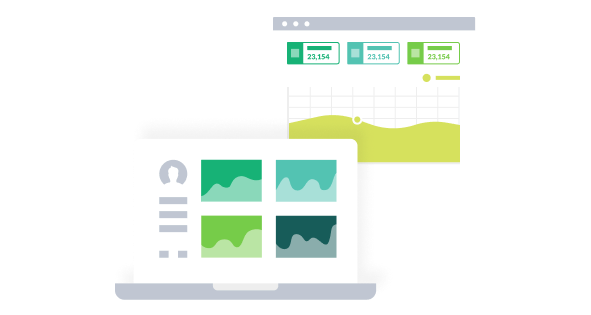When one of Thorogood’s clients started its engagement with us, it was looking to improve the way it consolidated reporting on its financial data. Like a lot of companies, the firm had been relying on spreadsheets to perform the critical analyses it used to assess business performance and drive strategic decision-making.
After gaining some experience with Power BI at one of Thorogood’s Dashboard in a Day workshops, the company realized the value that a more robust and modern solution could bring to their reporting operation. Their story is emblematic of the dividends that can be realized even with a small step away from a traditional reporting approach.
As is the case with most of Thorogood’s clients, this firm in question is a vast company with offices across the globe. In South-East Asia alone, it has sales teams and business leads in Vietnam, Malaysia, Singapore, Indonesia, Thailand, Philippines, and Myanmar. However, the experience of the regional finance staff was typical of legacy companies. The foundation of the IT infrastructure that they relied upon to perform their analysis had been laid long before the existence of contemporary data analysis and reporting tools. While their technological capabilities had moved at an inertial rate that is characteristic of traditional, on-premises architecture, the demands placed on that technology had increased at the same rate of the business itself.
This disconnect is a primary reason enterprise firms are increasingly deciding to make wholesale changes to their infrastructures. By moving away from traditional setups to more agile frameworks, companies are positioning themselves to evolve with advancements in technology and shifts in business needs. But there are plenty of challenges in implementing such fundamental changes. And for a lot of firms, even moderate changes can go a long way.
In Power BI, Microsoft offers companies a tool that can enhance its reporting and analytic capabilities without any dramatic changes to underlying architecture or processes. In particular, for this client Thorogood developed a solution that existed almost entirely within Power BI itself, using the software’s native capabilities to automatically perform much of the work that previously needed to be done manually to blend data from different internal sources. To achieve this, Thorogood employed its Iterative Dashboard Methodology, a unique approach in which consultants work side-by-side with company stakeholders to customize a solution that harnesses the technological capabilities of software and applies them to meet a company’s specific needs.
Iterative Dashboard Methodology for a tailor-made solution
IDM is a business-focused approach that begins with an “Inspiration Session” in which Thorogood consultants spend several hours helping company representatives identify and articulate the specific questions they are hoping to answer, while pinpointing the ways that their data can be processed to provide those answers. From there, Thorogood developers work with the client to design an intuitive, user-friendly dashboard that is then fine-tuned over a series of iterations that incorporate feedback from previous versions. This approach ensures that technical knowledge is shared with the customer over the course of the development for future internal support and to certify that data is being leveraged and incorporated correctly and in a robust and easily maintainable manner.
Our client’s needs were focused on sales performance, assessed by a number of different KPIs and benchmarking analyses including actual sales versus target, sales performance versus budget, and a variety of other trends. With the newly designed dashboard suite, users could quickly gather together these metrics and their trendlines via a series of visualizations and take both a high-level look at regional performance and a more granular look that broke this performance by product segments and business groups.
In order to create these intuitive, at-a-glance snapshots of performance, Thorogood automated the extraction of files into folders that it then used to create a data model that could be refreshed on a regular basis, replacing the manual combination of sales data with budget data, and budget data with finance data.
A small step forward with big results
Thorogood’s work with this client is a case study in the outsized benefits that companies can realize by shedding the restraints of a traditional spreadsheet-based approach to reporting. All it took was a month for the company’s South East Asia Group to move forward with a solution that eliminated countless hours of painstaking work and gave users a faster and more intuitive look at business performance.


